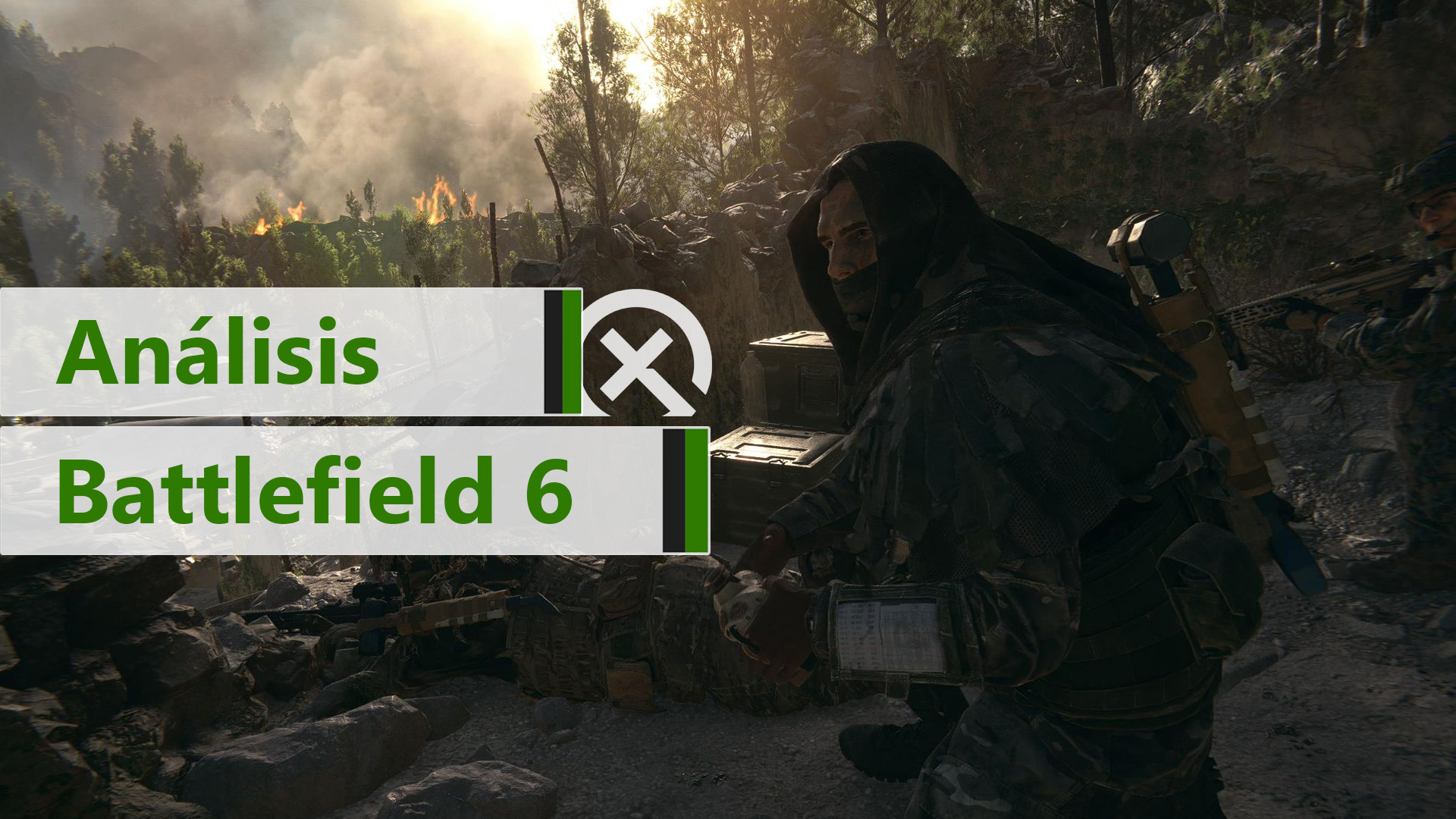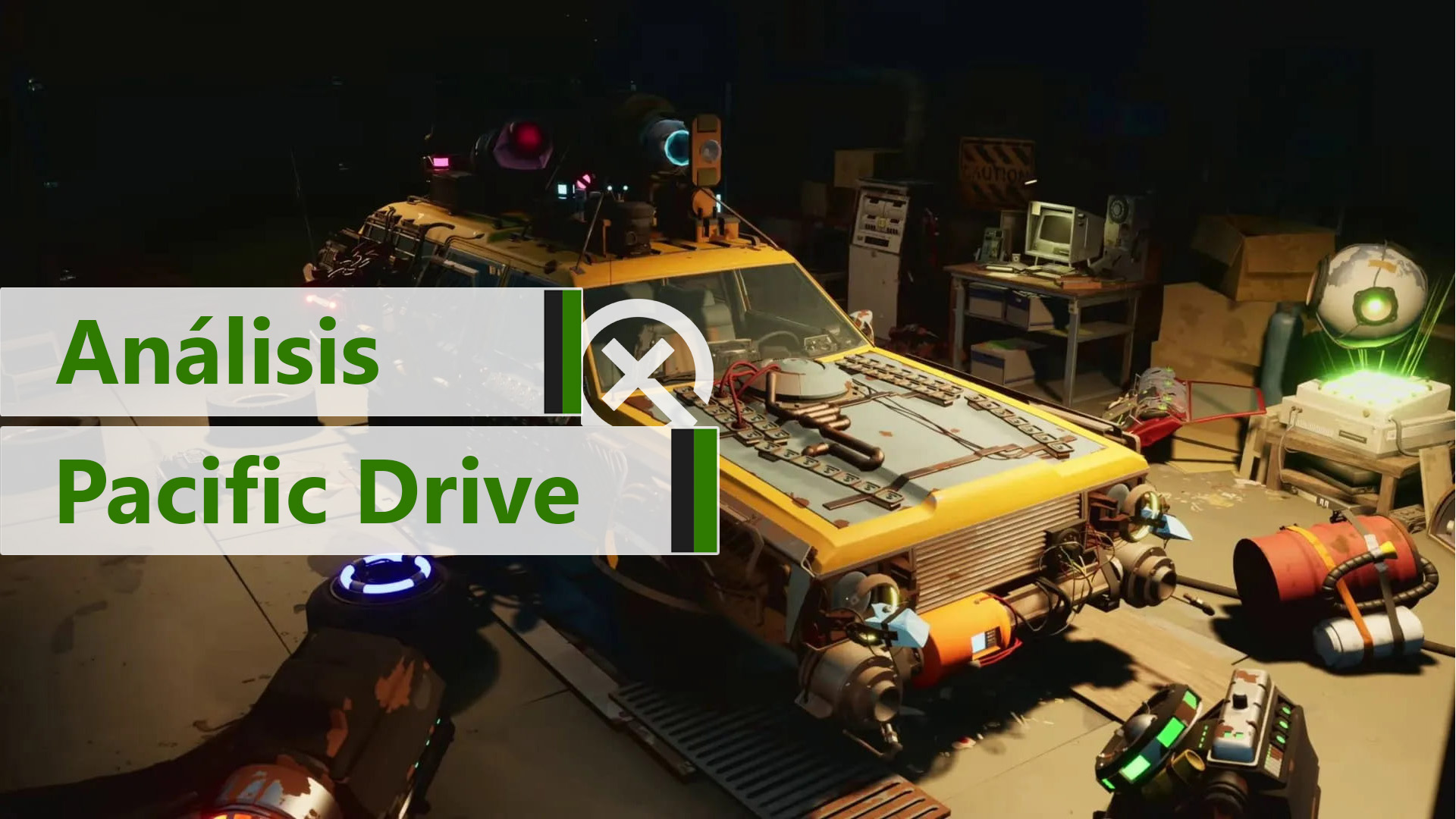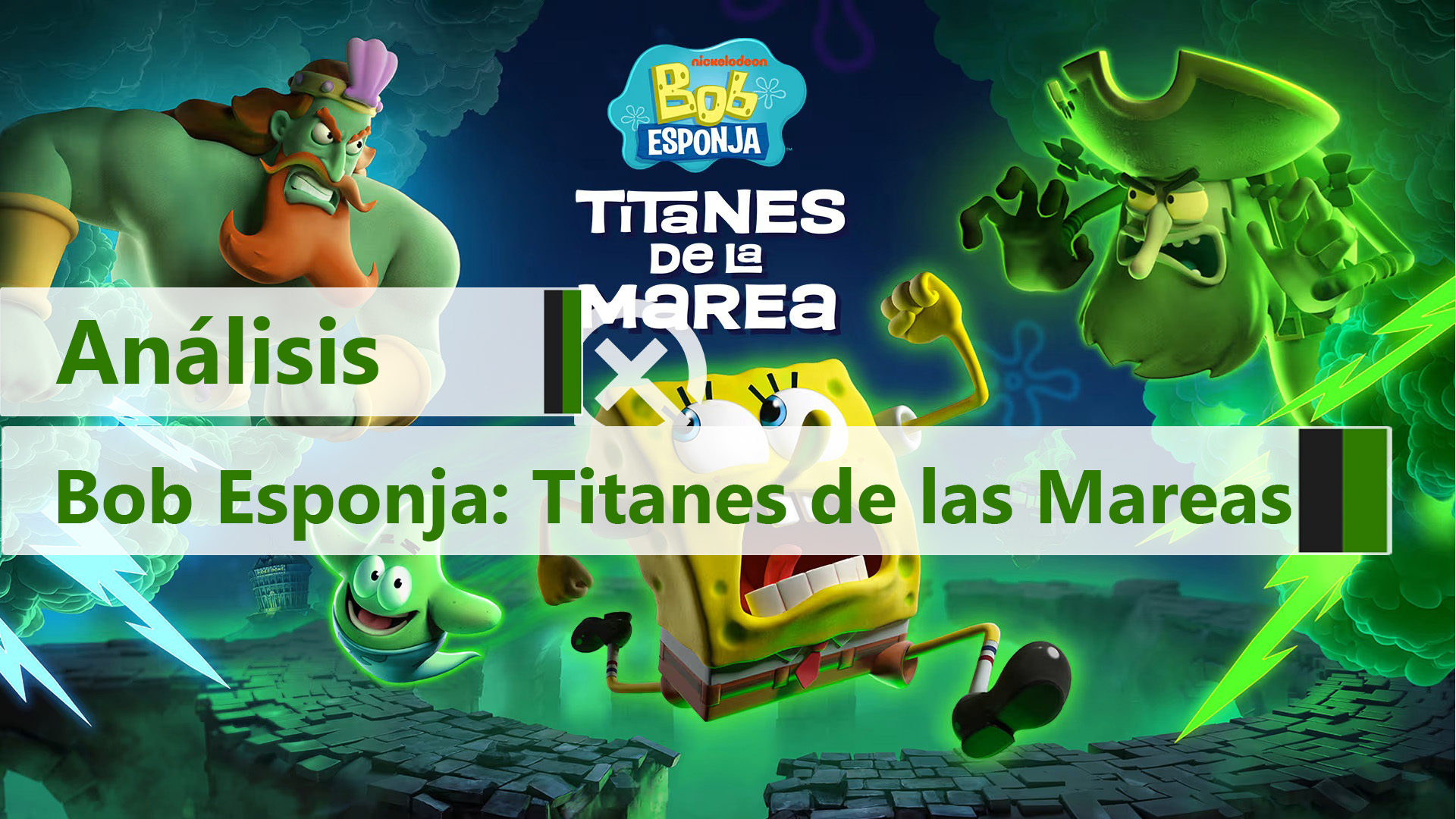We analyze the FPS of the year, these are our conclusions of Battlefield 6.
Take a look at these other reviews
- Review of Virtua Fighter R.E.V.O World Stage – The return of a pioneer
- Review of Pacific Drive for Xbox Game Pass – Accelerating in another dimension
- Review of SpongeBob: Tide Titans – The return to Bikini Bottom gets more epic than ever
| Don't miss anything and follow us on Google News! |
I was able to play Battlefield 6 for the first time in Paris, at the beginning of August, and I left with the clear feeling that the series was back with a bang. That initial test already seemed like a powerful appetizer, but after completing the campaign and spending more hours on multiplayer, I can say it without hesitation: the final version is better than what I played back then. It’s more Battlefield in every important aspect: action and chaos in equal parts, destruction with a purpose, maps designed to the millimeter, and without a doubt, one of the best games in the saga.
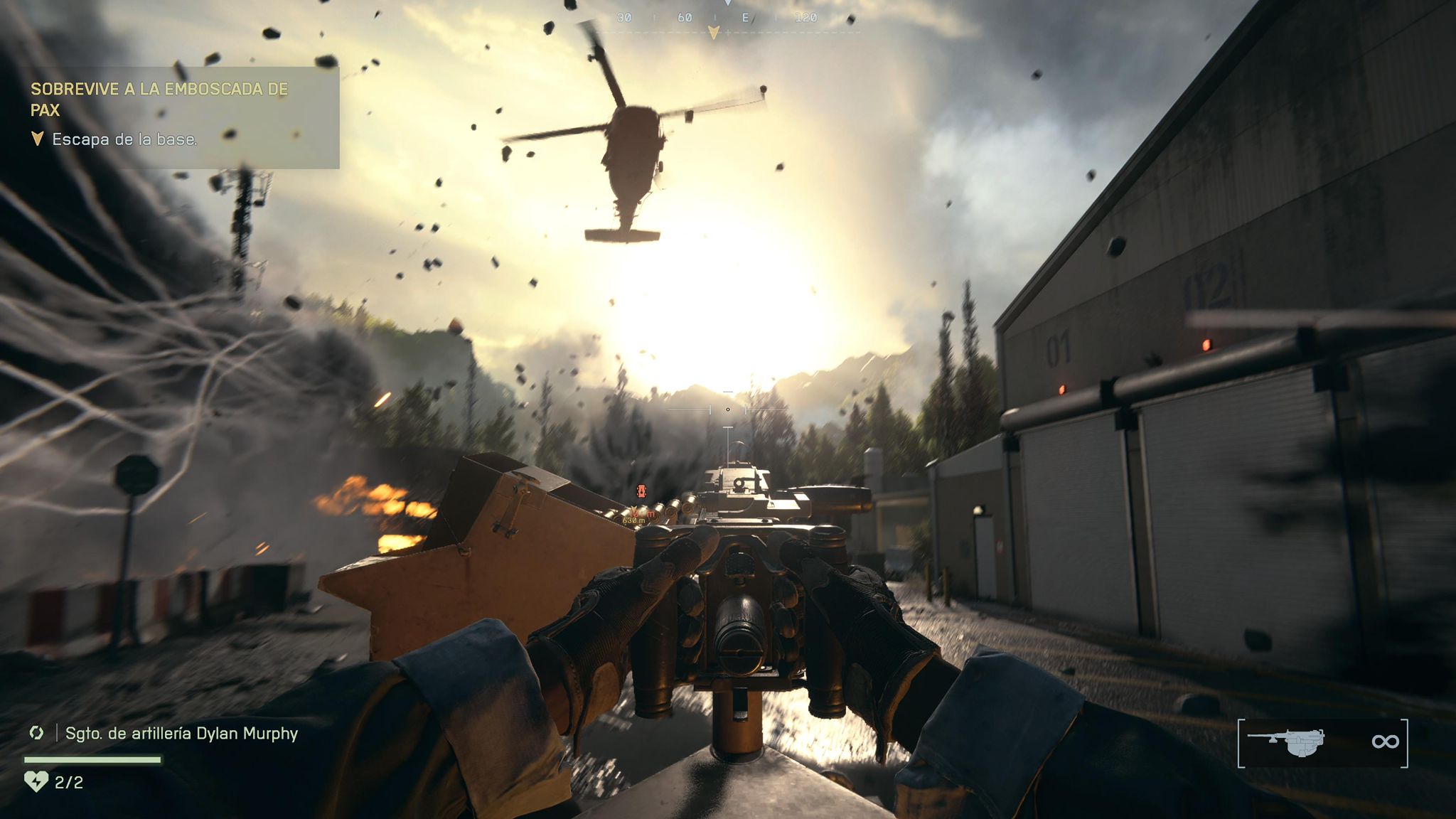
It’s not a reboot, nor does it try to reinvent the genre or itself. It’s a return to the identity of the saga, with one foot in the classic and the other in the modern: clear classes, team play, vehicles that change matches, and a campaign that finally understands that in Battlefield, you can also tell a story without forgetting that spectacle and scale are the hallmark of the series.
Technical Section
On console, we have two clear options: performance mode and quality mode. The first unlocks the frame rate and aims for over 60 frames per second (the goal is around 80), and it’s the one I’ve used almost always; you can notice it in the controls, in how the rifles follow the aim, and in the response when moving between covers. The quality mode sets the goal at 60 FPS and increases image fidelity: better shadows, finer reflections, and cleaner anti-aliasing. My recommendation: if you enter competitive mode, performance; for campaign and cinematics, quality, it looks stunning.
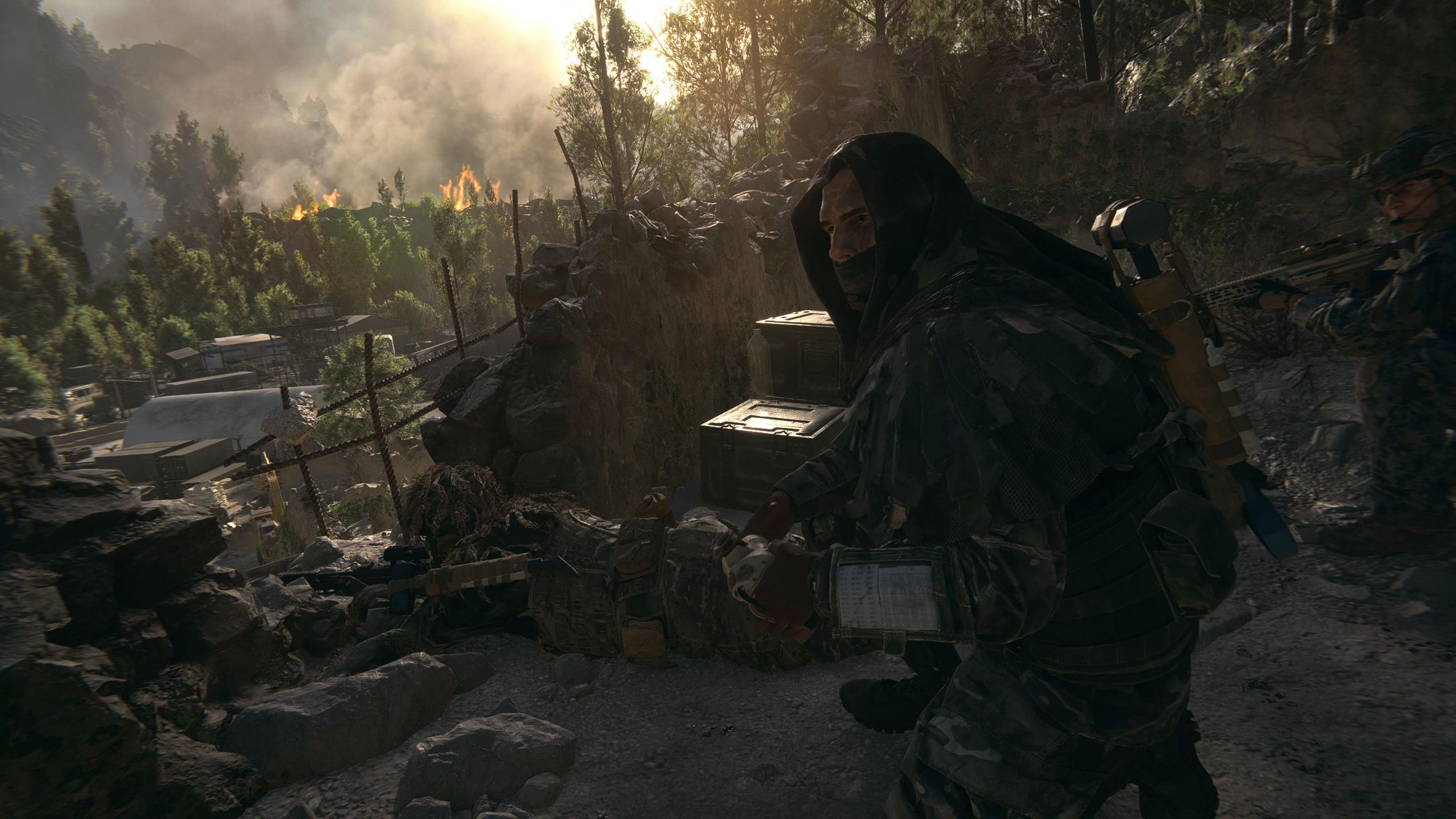
Visually, the leap is in scale, lighting, and tactical destruction. Maps like Mirak Valley (a beast for total war) or Liberation Peak (mountain, rock, and verticality that make you think differently about each advance) are living postcards of war. Iberian Offensive and Saints Quarter bring street fighting, with facades that give way to explosives, while Siege of Cairo and New Sobek City mix urban with heavy machinery in scenarios that change with each match. And yes, Operation Firestorm returns: pure aroma of Battlefield 3, now with volumetric smoke, this last map has something that I cannot explain, but it’s a mix of nostalgia and happiness, you’ll tell us.
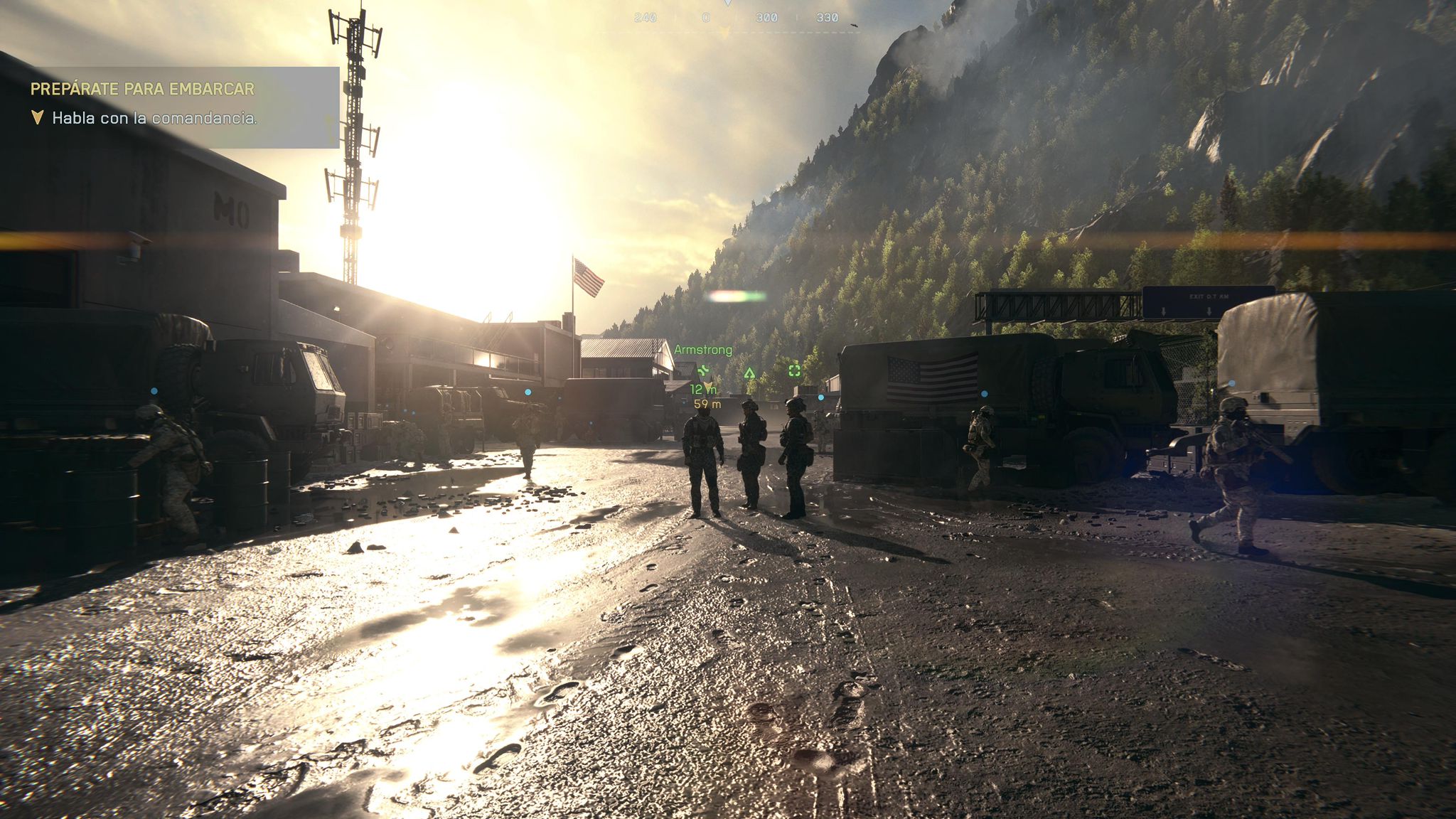
Destruction has intention: it’s not just about breaking things. You can notice the work in what the studio calls “tactical” destruction: breaking a wall to open a line of fire, knocking down a roof to collapse a position, or opening a hole with a tank to force a new flanking maneuver. It’s the kind of detail that turns the scenario into a system, not just a backdrop. This doesn’t mean that everything breaks and you’re left with a helmet, but the feeling that what should break does, is great, and I assure you that there’s a lot to break, but everything is well designed and maintains harmony.
Special Mention:
The sound? Brutal. Shots with their own character depending on caliber and distance, explosions that bounce off buildings, helicopter engines cutting through the air, and a mix that helps locate threats without saturating. It’s one of those games that asks for big headphones or a good home system. As always, dubbing is up to par, you can deactivate subtitles and enjoy an enviable dubbing job, EA hasn’t skimped on this aspect and throws you into the action without having to read anything.
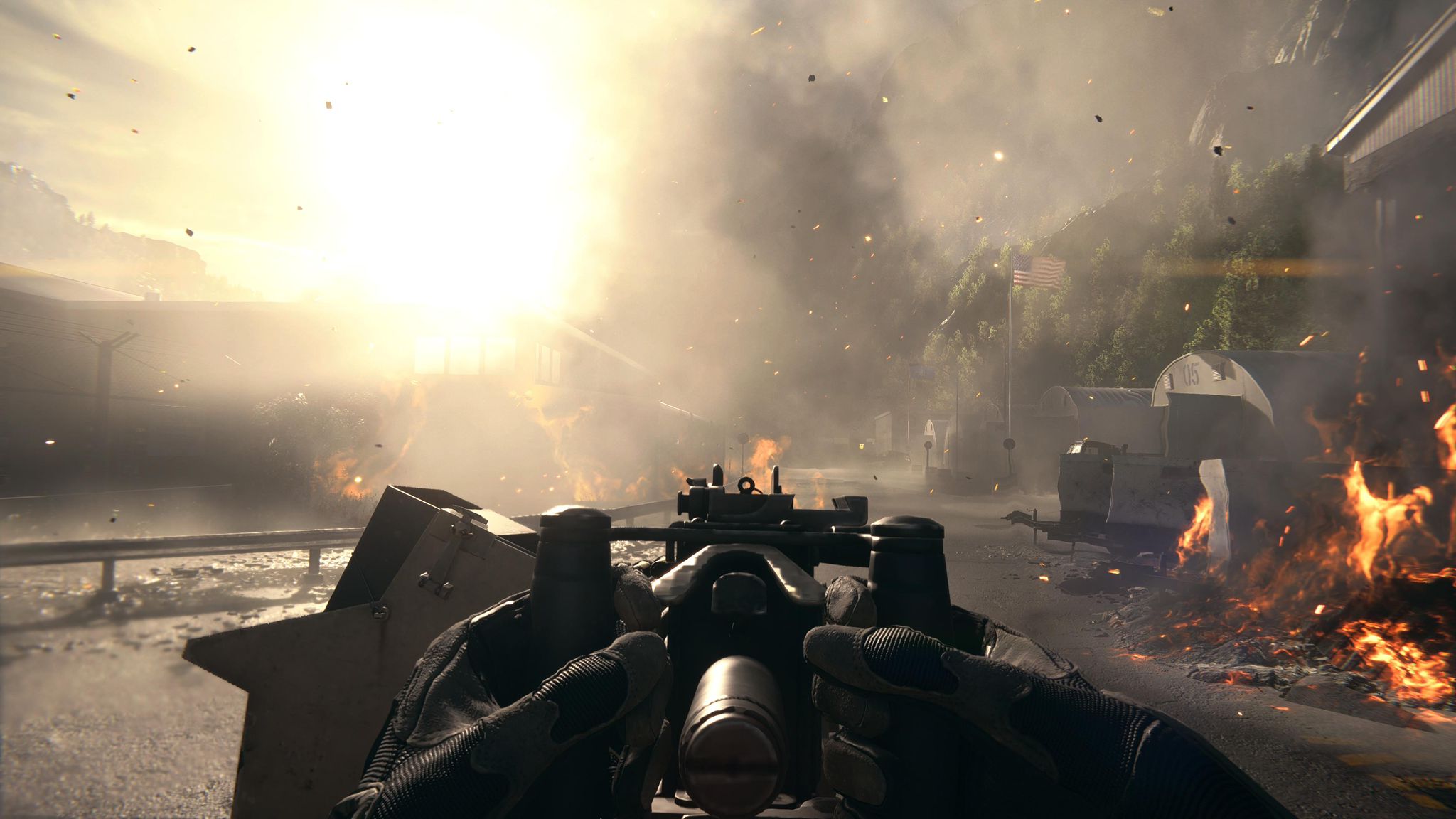
In terms of interface and accessibility, there are useful options: adjustable subtitles, switching between “hold” and “press” to reduce fatigue, color filters, and an anti-tinnitus filter that softens sharp peaks in explosions. These are small gestures that are appreciated in long sessions.
Gameplay
Campaign: Dagger 13 vs. Pax Armata
First of all, keep in mind that there are no spoilers in my analysis. What you can read here, regarding the campaign, is something that has already been shared officially, so you can read on without worrying. The story places us in 2027, with a shattered NATO and a private military conglomerate, Pax Armata, making itself strong where states no longer reach. We embody Dagger 13, an assault team working in the shadows. The campaign consists of nine missions that travel from skyscrapers to industrial areas, deserts, and coastal cities, and that function as a showcase of everything the game wants to be from the start.
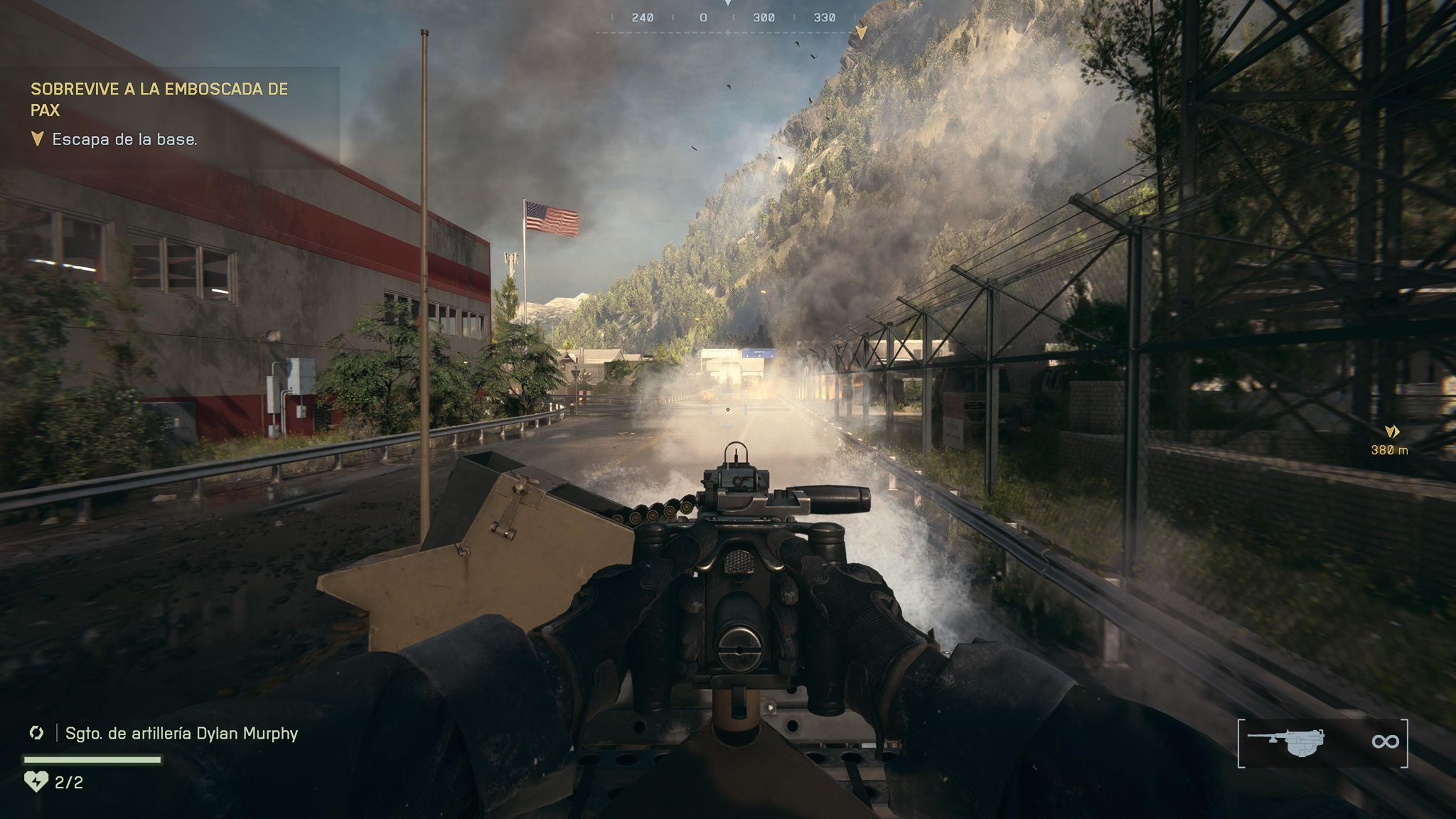
What changes the tone compared to previous installments is the squad order system. You’re not a superhero; here you’ll get knocked down in three bullets if you expose yourself too much. Giving orders (“contact”, “grenade”, “smoke”, “destroy”, “reconnaissance”) is not just for show: it saves lives. When the mission gets complicated, dragging and reviving a teammate out of the fire is the difference between restarting a checkpoint or staying alive. You’ll have to use the orders for the squad, it’s the most tactical way and the one that will give you more chances of success, if you want to go solo, you won’t last long.
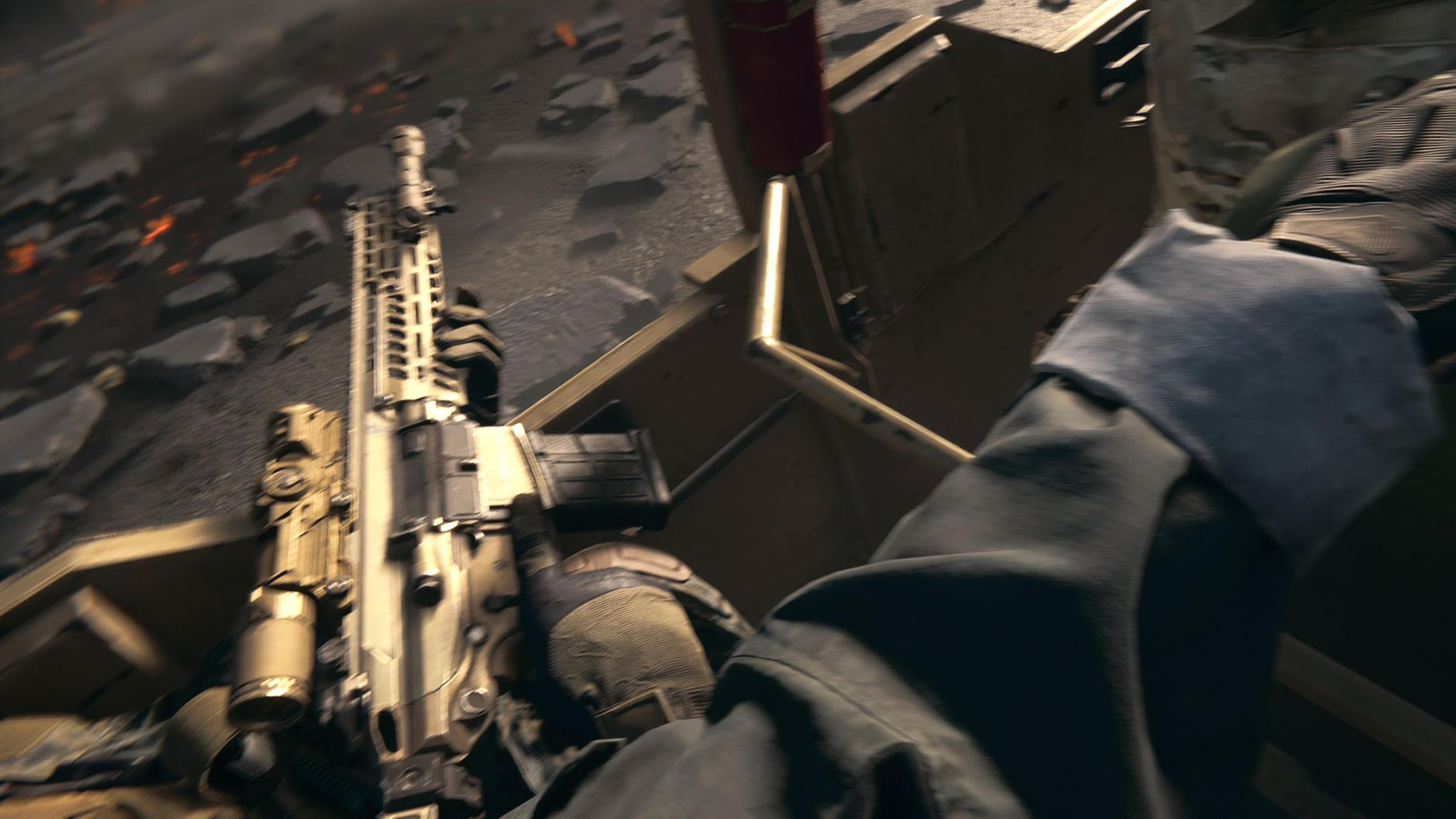
The gunplay is impressive (forgive the emotion), it works very, very fine, all the weapons are well differentiated and behave differently, this is undoubtedly the point that elevates it above other games in the genre, the representation is impressive. The new “cinesthetic combat” adds actions that change the pace: peeking without exposing your body, rolling to absorb falls and dodge, resting the gun on cover to reduce recoil. These are small additions that, together, give confidence: you move more, expose yourself better, and hit where you should. It’s not arcade-style, but it’s not a simulator either: it’s in that sweet spot where you feel the weight of each decision and, at the same time, the match doesn’t become heavy.
- Practical tips that have helped me: always cover your team when you order them to revive; don’t waste grenades in narrow corridors out of pure reflex; if there are fixed machine guns, either take out the shooter or the gun itself; and save explosives for vehicles, which are sponges for bullets.
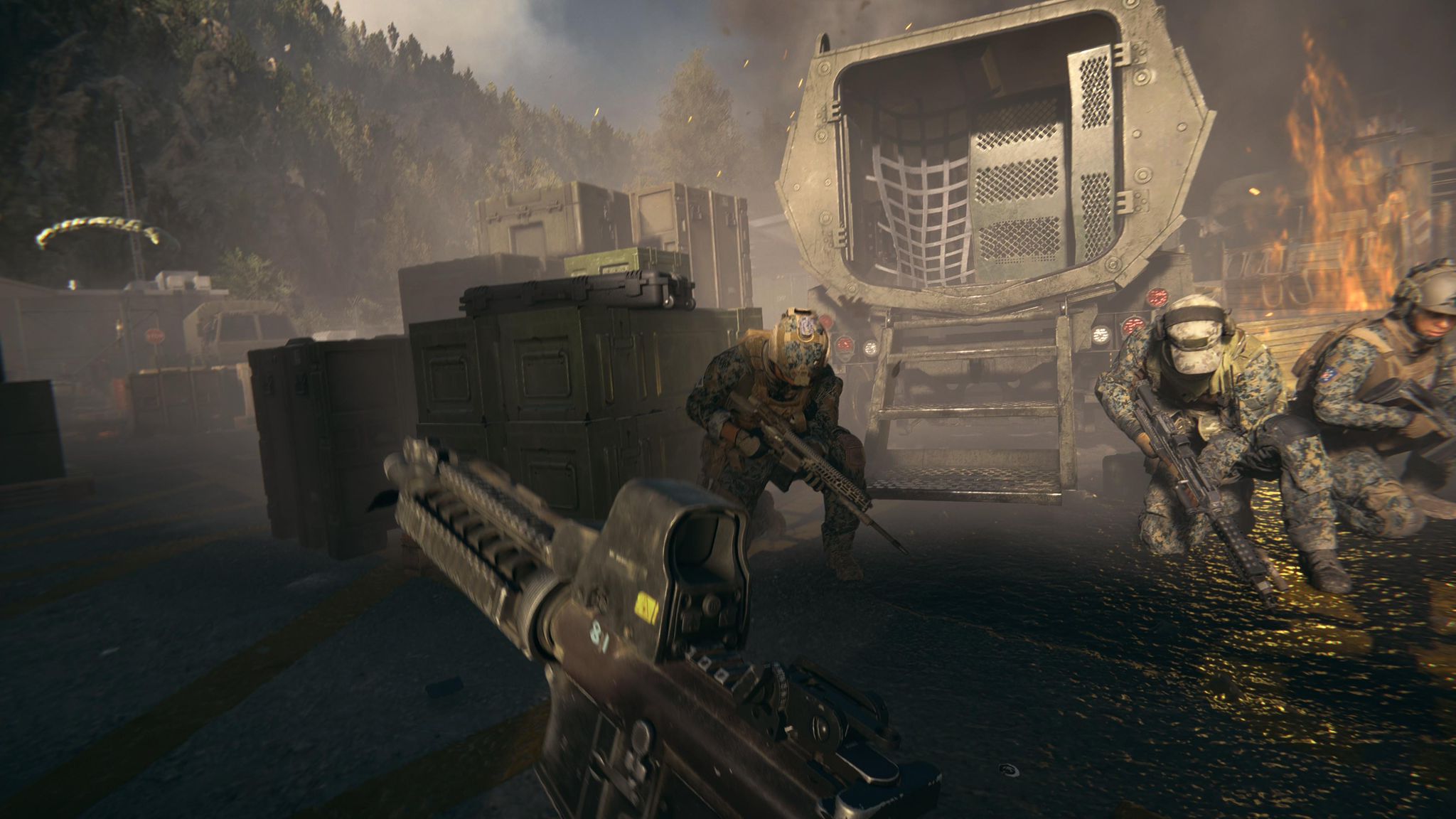
Multplayer: The Big Return
If the campaign has convinced me, the multiplayer has brought back that smile that only Battlefield games can give me;
-
Conquest is still the pillar: points scattered throughout the map, vehicles entering and leaving, infantry holding out against all odds. “Playing the objective” still pays off with points, medals, and, above all, won matches.
-
Breakthrough is the best way to push forward in a block. Sector by sector, the whole team feels the pull; when you capture the last objective with reinforcements on the ground, there’s real epicness.
-
Rush works as always: planting, defending, retreating… perfect rhythm for intense sessions.
-
Escalation is the novelty and has hooked me: it starts wide (many points, a lot of air) and as you capture, the playable map shrinks until the fight is concentrated in two or three areas. It ends in total war that’s truly memorable.
For those who prefer pure infantry and a fast pace, there are rotations of Team Duel, Domination, King of the Hill, and Squad Duel. Perfect for warming up, unlocking accessories, and fighting without tanks, giving war.
Classes That Matter (Again)
Classes with sense return: Assault, Engineer, Support, and Reconnaissance, each with a preferred weapon, characteristic trait, signature gadget, and an active ability that rewards playing the role. Nothing prevents you from using the weapon you want (you can activate “closed” lists if you prefer classic purity), but you stand out when you embrace your role: Assault, opens objectives and holds out in close combat; Engineer, keeps vehicles alive or takes them out; Support is the backbone (ammunition, healing, faster revivals); and Recon, marks, controls, and denies space from a distance.
Progress enters through two paths: the usual one of weapons/accessories and class training, which unlocks extra traits if you play the objective. It’s the way to say: “do what your team needs and you’ll become stronger”.
Weapons and Control
Weapons have recoil patterns and defined ranges. It’s appreciated that the game teaches you by playing: you change cadence, rest, adjust, and the weapon responds as expected. Mounting the rifle on cover and peeking with your head literally turns you into another person. And yes, dragging and reviving is perhaps the mechanic that has given me the most “Battlefield” moments: pulling a teammate out of an avenue swept by a .50 and lifting them behind a wrecked car gives you matches. Period.
Portal: The Toy for the Crazy (We Haven’t Been Able to Play it in this First Review Contact)
Portal is the amusement park for the community. You can fine-tune rules with a constructor, add mutators, create experiences with filler AI, edit the space with a spatial editor, and even touch the interface to create custom modes.
Important:
- Due to last-minute issues, we haven’t been able to test this mode in our analysis. EA warned a few days ago that we’ll have to wait a bit longer to access it, so we can’t offer first-hand information about this expected mode. Later, we’ll be able to do it and share with you all the details of a mode that comes to completely change the rules of Battlefield 6.
Duration
The campaign is direct and well-measured, with spectacular moments and a difficulty that doesn’t take long to put you on alert. It’s more enjoyable in quality mode (although this is a matter of taste), savoring the views, dubbing, and cinematics, and it holds up perfectly for a second playthrough if you increase the challenge level or change your style.
Multplayer, as expected, is again a well of hours: between the different modes, the enormous maps, and the always addictive Portal, it’s easy to lose track of time. If you like competing or playing in groups, you’ll spend a lot of time here.
Conclusion
Battlefield 6 is exactly what I expected… well, maybe even more than what I expected. Since I was able to play it at the beginning of August, I saw it recover the classic pulse that many of us missed: well-defined classes, squads that make a difference, and vehicles that once again command respect on the maps. To this, we add a more polished control, a more natural mobility, and a multiplayer that, match after match, forces you to think, adapt, and react on the fly, in addition to hooking you like never before. The campaign doesn’t try to reinvent anything, but it knows what it’s doing. It offers spectacular moments, and the mere fact that we have a campaign in the saga again is a reason to celebrate.
Are there any drawbacks? Some. Performance mode could be fine-tuned in certain more loaded maps, and maybe some people will expect a bit more risk in the overall design. But what’s here today is powerful and impressive. Technically, it more than meets expectations; in terms of gameplay, it hooks you; and in content, it’s generous: maps of all kinds, modes for all tastes, and a Portal that can absorb you for months.
I returned to Battlefield with curiosity… and I’m staying because I’ve had a great time. If you had doubts, there’s plenty of ammunition here. And if you have the saga in your blood, get ready: when the circle closes and everyone fights for the last two points, that spark that only Battlefield knows how to ignite returns.
We thank Electronic Arts for the material provided to carry out this analysis.



